Desiree Harpel
Pollen feeding proteomics: Salivary proteins of the passion flower butterfly, Heliconius melpomene
Harpel, Desiree; Cullen, Darron A.; Ott, Swidbert R.; Jiggins, Chris D.; Walters, James R.
Authors
Dr Darron Cullen D.Cullen@hull.ac.uk
Lecturer in Biological Sciences
Swidbert R. Ott
Chris D. Jiggins
James R. Walters
Abstract
While most adult Lepidoptera use flower nectar as their primary food source, butterflies in the genus Heliconius have evolved the novel ability to acquire amino acids from consuming pollen. Heliconius butterflies collect pollen on their proboscis, moisten the pollen with saliva, and use a combination of mechanical disruption and chemical degradation to release free amino acids that are subsequently re-ingested in the saliva. Little is known about the molecular mechanisms of this complex pollen feeding adaptation. Here we report an initial shotgun proteomic analysis of saliva from Heliconius melpomene. Results from liquid-chromatography tandem mass-spectrometry confidently identified 31 salivary proteins, most of which contained predicted signal peptides, consistent with extracellular secretion. Further bioinformatic annotation of these salivary proteins indicated the presence of four distinct functional classes: proteolysis (10 proteins), carbohydrate hydrolysis (5), immunity (6), and "housekeeping"(4). Additionally, six proteins could not be functionally annotated beyond containing a predicted signal sequence. The presence of several salivary proteases is consistent with previous demonstrations that Heliconius saliva has proteolytic capacity. It is likely that these proteins play a key role in generating free amino acids during pollen digestion. The identification of proteins functioning in carbohydrate hydrolysis is consistent with Heliconius butterflies consuming nectar, like other lepidopterans, as well as pollen. Immune-related proteins in saliva are also expected, given that ingestion of pathogens is a likely route to infection. The few "housekeeping" proteins are likely not true salivary proteins and reflect a modest level of contamination that occurred during saliva collection. Among the unannotated proteins were two sets of paralogs, each seemingly the result of a relatively recent tandem duplication. These results offer a first glimpse into the molecular foundation of Heliconius pollen feeding and provide a substantial advance towards comprehensively understanding this striking evolutionary novelty.
Citation
Harpel, D., Cullen, D. A., Ott, S. R., Jiggins, C. D., & Walters, J. R. (2015). Pollen feeding proteomics: Salivary proteins of the passion flower butterfly, Heliconius melpomene. Insect Biochemistry and Molecular Biology, 63, 7-13. https://doi.org/10.1016/j.ibmb.2015.04.004
| Journal Article Type | Article |
|---|---|
| Acceptance Date | Apr 16, 2015 |
| Online Publication Date | May 8, 2015 |
| Publication Date | Aug 1, 2015 |
| Deposit Date | Sep 25, 2023 |
| Journal | Insect Biochemistry and Molecular Biology |
| Print ISSN | 0965-1748 |
| Electronic ISSN | 1879-0240 |
| Publisher | Elsevier |
| Peer Reviewed | Peer Reviewed |
| Volume | 63 |
| Pages | 7-13 |
| DOI | https://doi.org/10.1016/j.ibmb.2015.04.004 |
| Public URL | https://hull-repository.worktribe.com/output/4399082 |
You might also like
Sexual repurposing of juvenile aposematism in locusts
(2022)
Journal Article
Oxytocin/vasopressin-like neuropeptide signaling in insects
(2019)
Book Chapter
Extracellular nutrient digestion and absorption in the insect gut
(2019)
Journal Article
